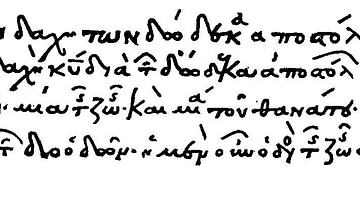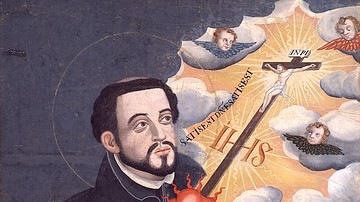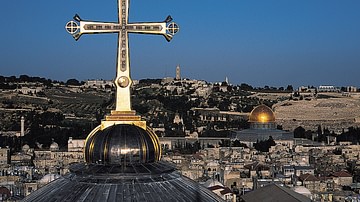
The Didache (Koine Greek: διδαχή), also known as “The Teaching,” or, “The Teaching of the Twelve Apostles,” is an enigmatic primitive Church document describing early Christian ethics, practices, and order.
Discovery & Dating
The existence of the Didache was unknown until its discovery by Philotheos Bryennios—a Greek Orthodox metropolitan bishop of Nicomedia—inside a monastery in Asia Minor (modern Turkey) in 1873 CE and later published in 1883 CE. The document was located inside of the Codex Hierosolymitanus, has no date itself, and lacks any mention of external events that could indicate a timeframe. Additionally, there are no prescribed authors. Therefore, the dating of the Didache is difficult, and since its emergence has caused controversy. There is, however, a consensus for a mid to late first-century dating (50-70 CE), while others contend for as late as the 3rd or 4th century CE.
Original manuscripts were written in Koine Greek, but have also been found in Syriac, Latin, and Coptic. The point of its origin remains speculative, but given the language and place of discovery, Northern Egypt, Southern Anatolia (modern day Turkey), and other various Ancient Near East locations seem likely.
The Text
The manuscript is a composite document suggesting a multistage redaction (undergoing mutliple editing processes over a period of time). The variance of style and content suggest composition from numerous preredactional manuscripts (texts that were previously unedited) that eventually came to be the present text.
The document is structured into four primary parts. The first part, “The Two Ways”—either the way of life or the way of death—(Chapters 1-6) are moral instructions for the Christian life in order to prepare converts to receive the initial rite of baptism, and as the precursor to the continual rite of the Eucharist. Its stylistic approach reflect both ancient Greek philosophical literature and a classical Jewish wisdom-literature fashion.
The second part consists of instructions on ritual practices concerning baptism, food, and the Eucharist (Chapters 7-10). The teachings about the appropriate days to fast, how to conduct a proper baptism, and the prayer of thanksgiving are some of the earliest—if not the first—recorded liturgical manuals.
The third part (Chapters 11-15) gives instructions regarding leaders in the early Christian Community—apostles, prophets, and teachers. This section represents a particular protocol for accepting authorities in an assumed preexisting Christian community.
The fourth and final part (Chapter 16) is eschatological in nature, containing exhortations of perseverance, warnings of end times and tribulation, as well as to the “Second Coming” of Jesus Christ. These apocalyptic overtones parallel similar language found in the gospels Matthew, Mark, 1 Thessalonians, and Revelation.
External references to the Didache were as early as the Jewish historian Eusebius of Caesarea, as well as some of the Church Fathers such as Athanasius, Origen, and Rufinus.







